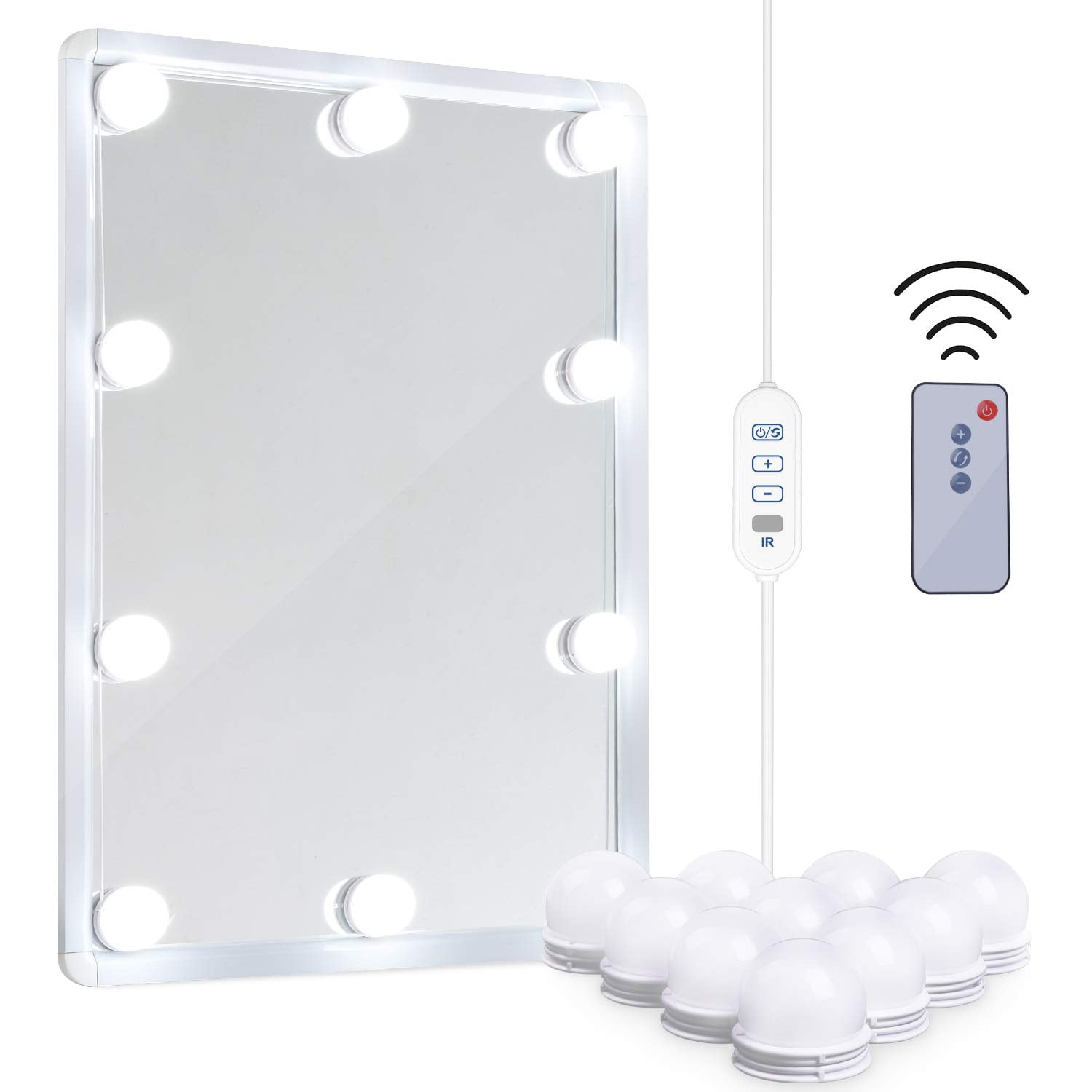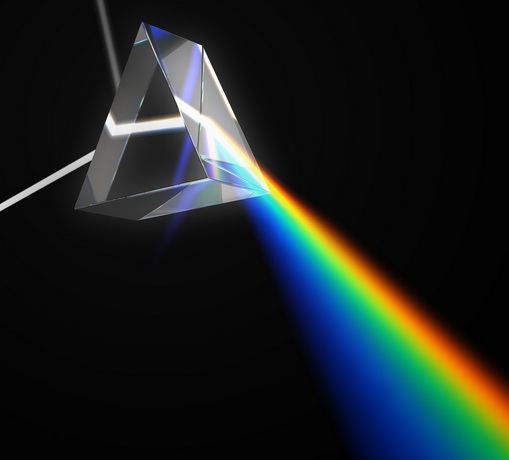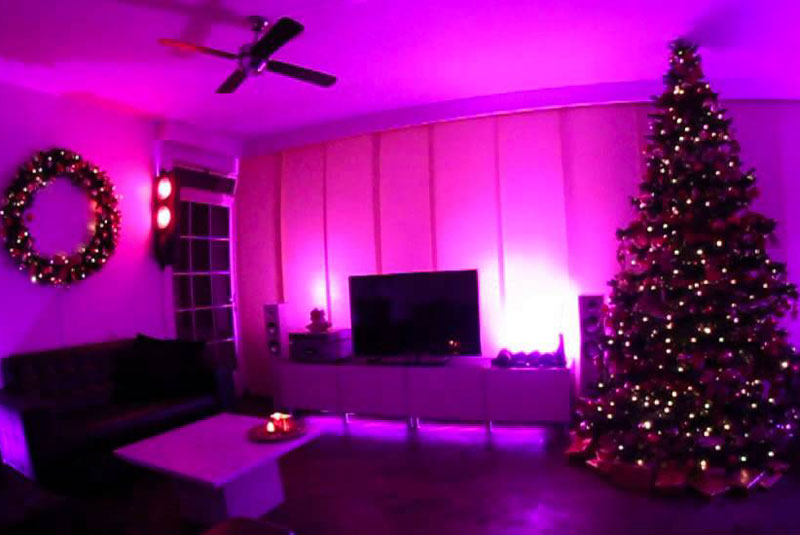

The main benefit is the variety of factors that can be controlled with no extra work besides the setup, such as: Factor You Can Change What It Controls Light Level The amount and intensity of light Light Spectrum The “color” of light given by the bulb Light Uniformity How consistent lighting is across plants Light Time How long the plant should get light every day Hue lights offer a unique level of control over different aspects of light and growth. What Benefits Do Hue Lights Come With For Growing? Depending on what you are growing, setting your light to automatically switch tones every few hours may also be a good idea. All of this shows that different light spectrums can severely influence plant growth. This is not always the case another study into candy leaf, a popular flowering plant, found that white lights worked best in most circumstances. The rate of growth and ripening could also be affected, with ripening happening quicker under more blue light. The inclusion of both blue and red light also led to differences in nutrient and sugar levels as well as taste. This study focused on the growth of strawberries, for instance, found that strawberries grew larger and quicker under both blue and red light. While most of these studies focus on crops rather than house plants, the results are largely applicable.
AMBIFY HUE LIGHTS NOT CHANGING COLOR HOW TO
Thanks to the advent of LED lights and, by extension, hue lights and other smart options, a significant amount of research has been done into how to most effectively grow various plants. This is essential in more extensive operations, and the increased connectivity makes setup via Twenty20 Setting Up a Smart Light for Specific Plants Hue lights are perfect for setting up additional timers, dimming, and uniform lighting across a setup. Especially if you are looking to specifically grow something large or to flower at a certain point, LED lights can be beneficial. Thanks to the color-changing capabilities of hue lights, different setups can be created that encourage growth at various plant cycles – allowing for even greater control than natural sunlight. This Harvard piece explores how light from these spectrums directly affects a plant’s growth. Specifically, phytochromes are sensitive to red light, and cryptochromes are sensitive to blue light. Color hues in between can also encourage further growth. They each target a different chemical in plants.

In general, red lights encourage plant size, and blue light controls a plant’s daily cycle, affecting flowering.

This is especially relevant for growing multiple types of plants off of one bulb while it is certainly possible, some of the benefits of using a hue light may be lost. Depending on the type of plant you are trying to grow, different spectrums of light will be better than others.


 0 kommentar(er)
0 kommentar(er)
